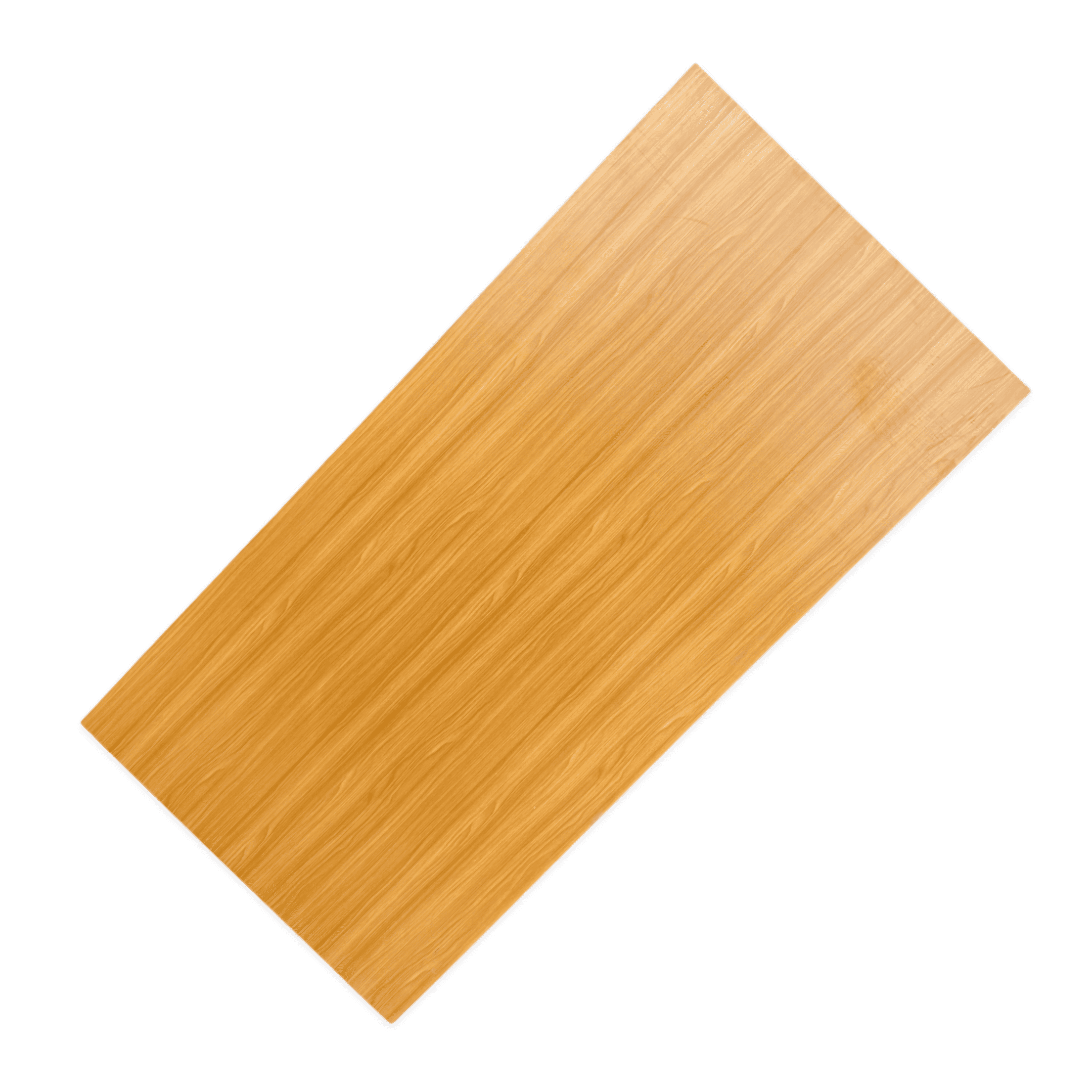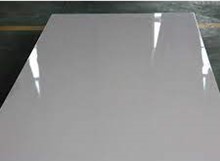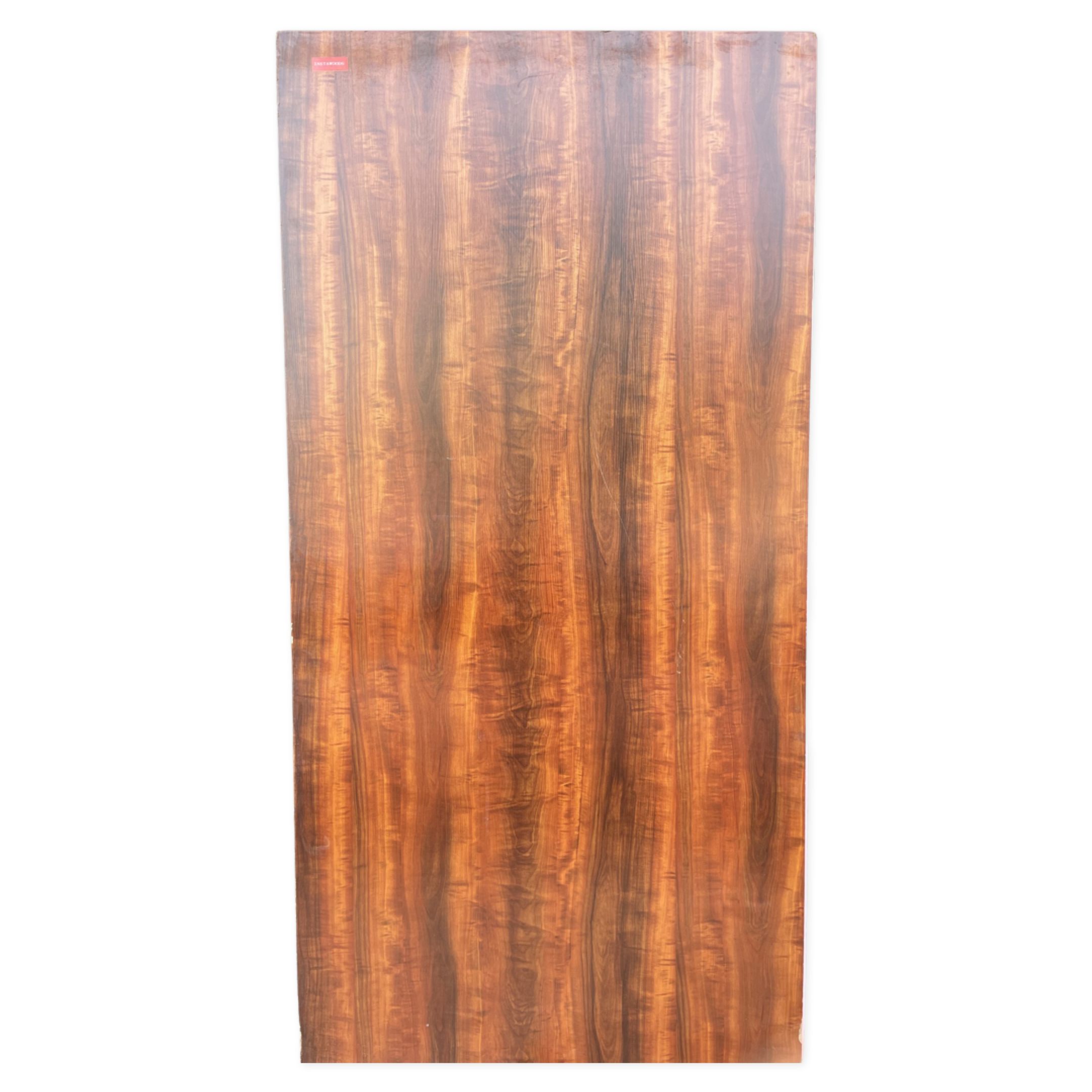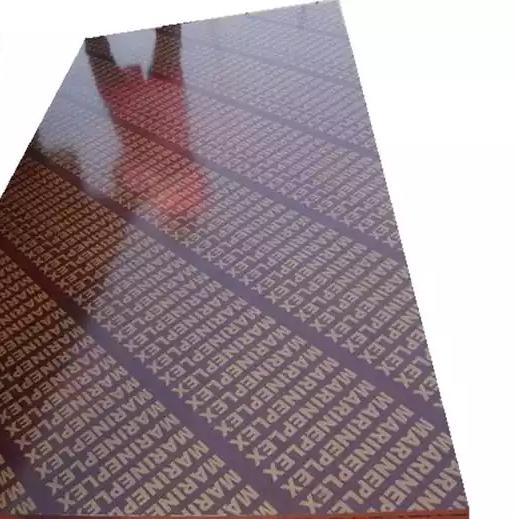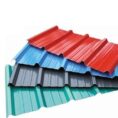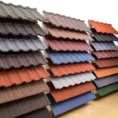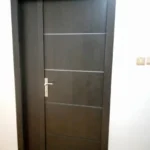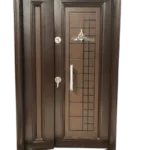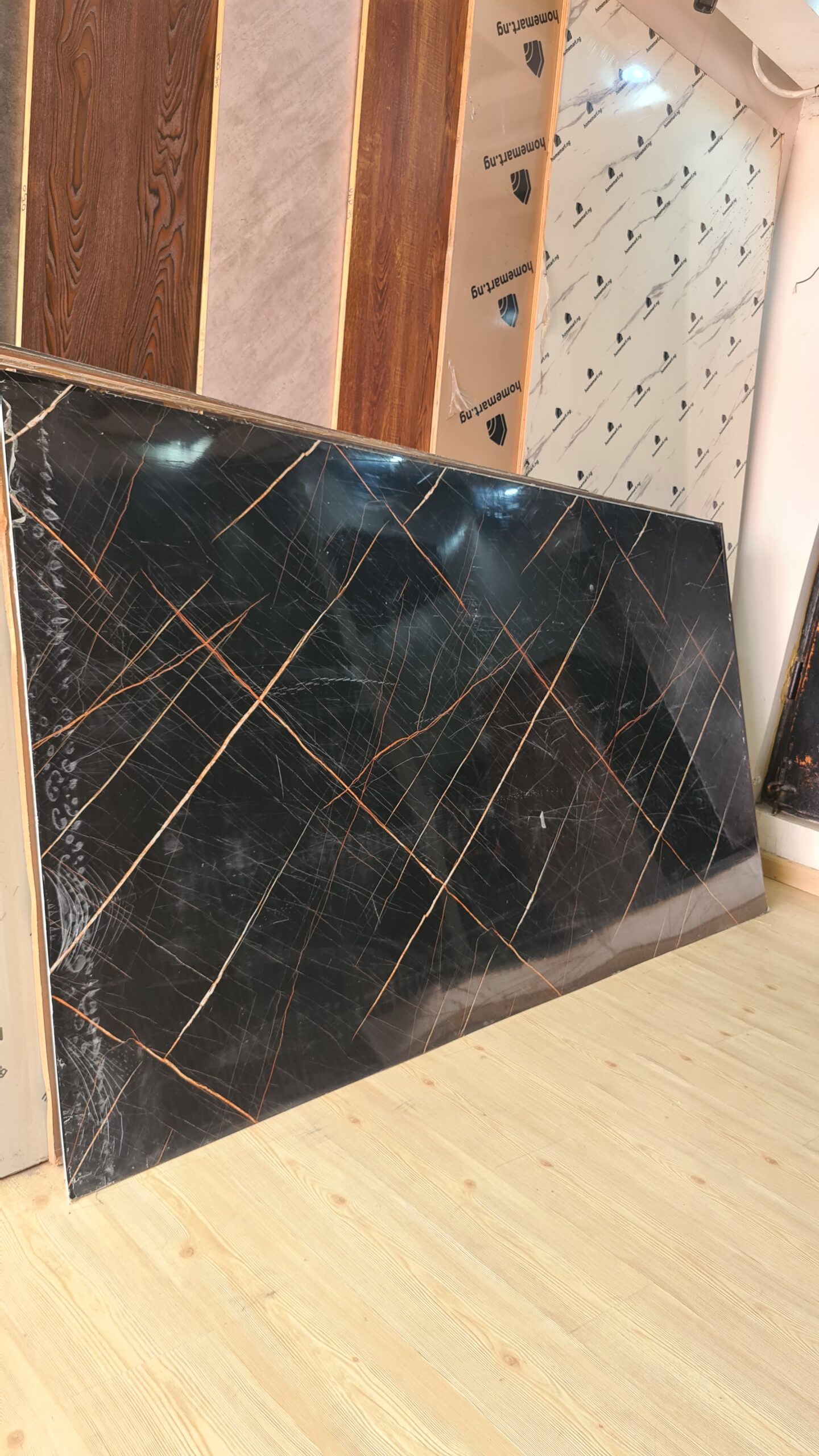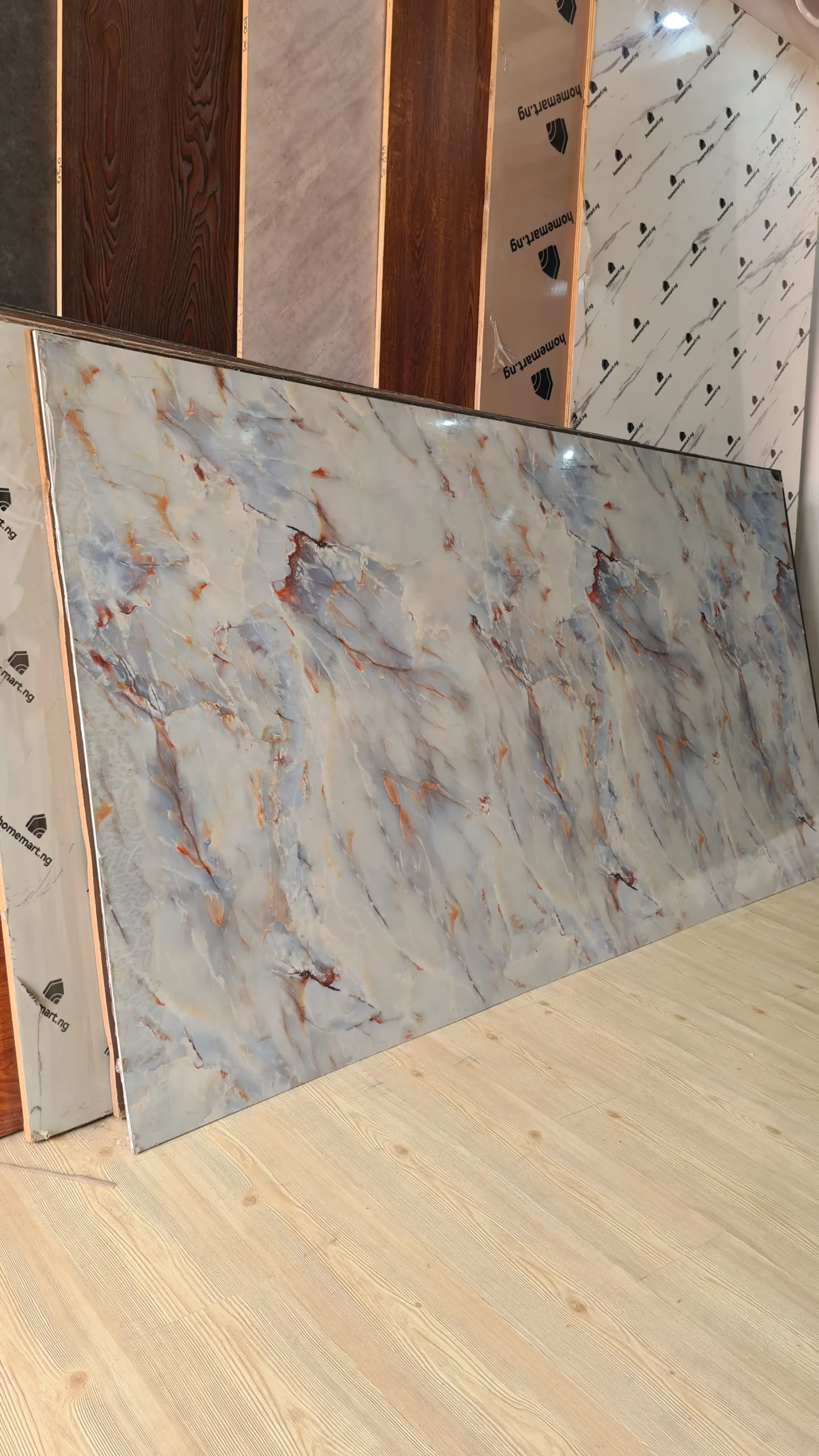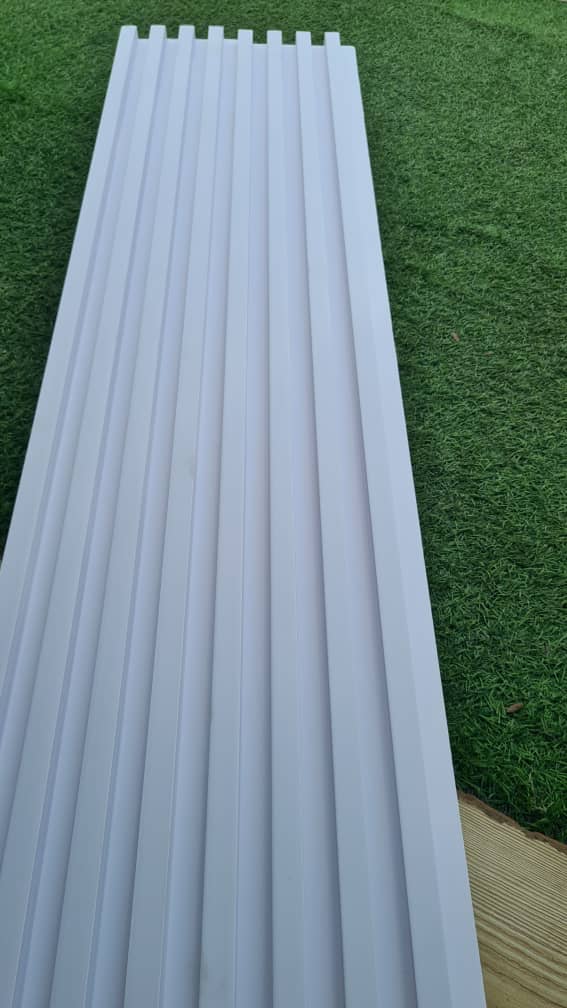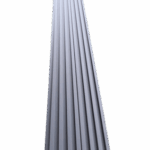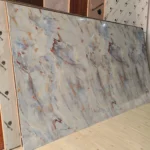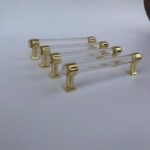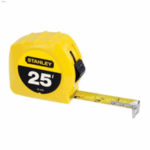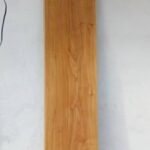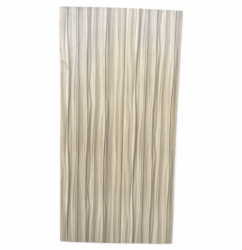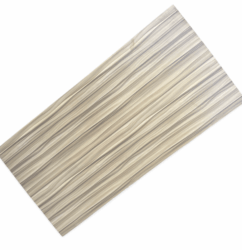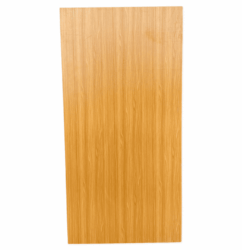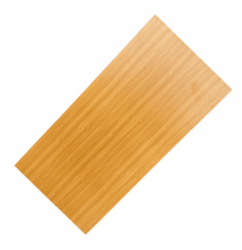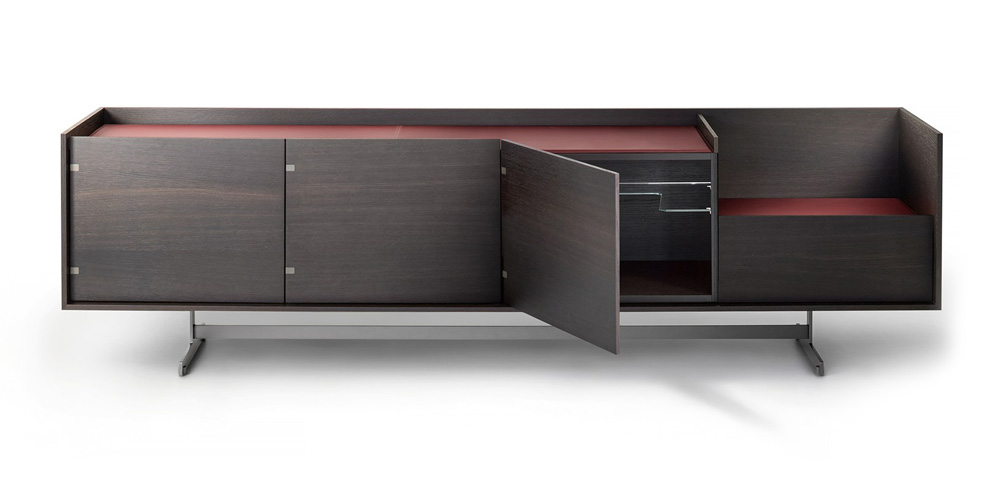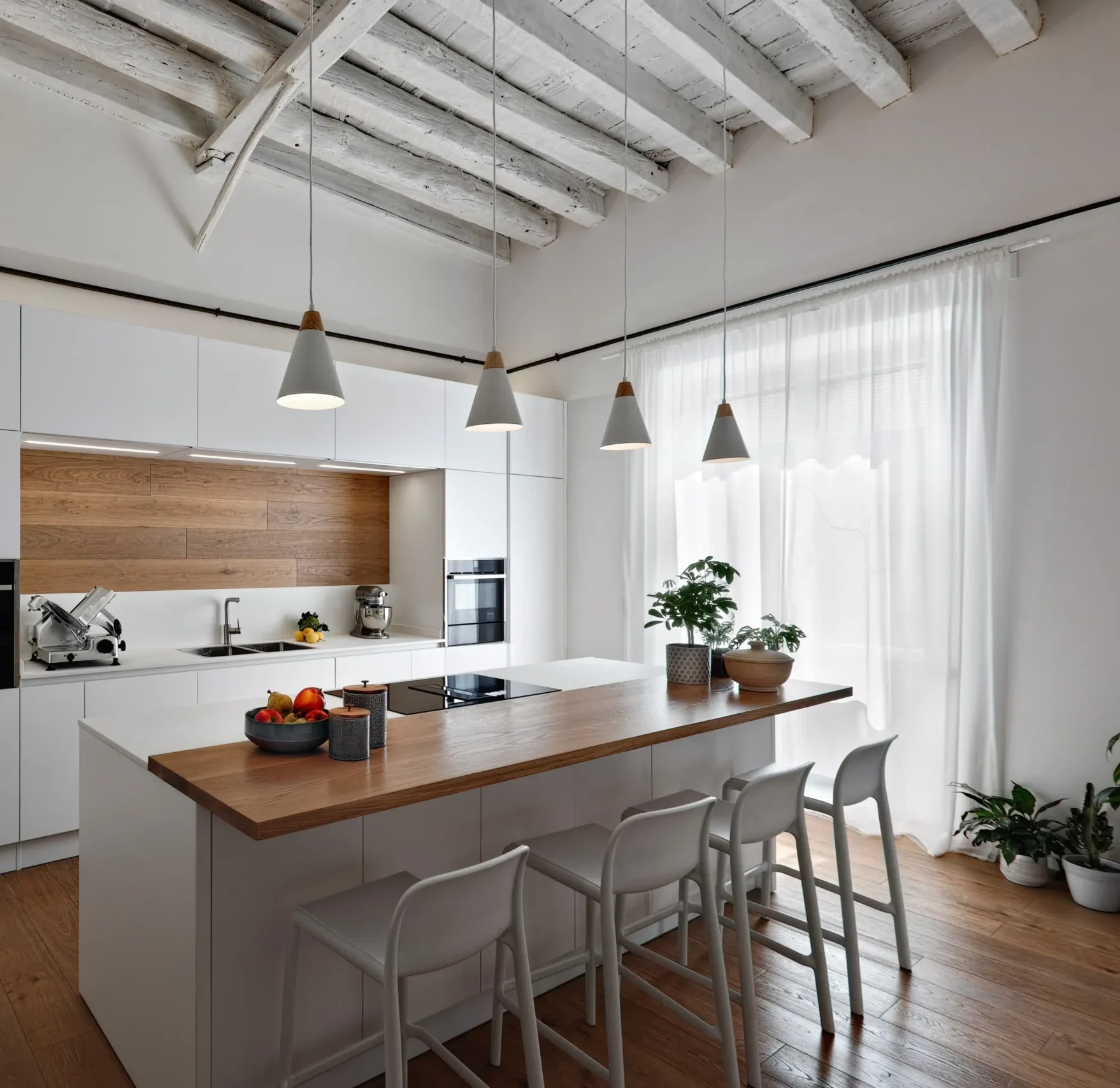The Hidden Costs of Cutting Corners: Why Inferior Home Decoration Materials Hurt Everyone

The allure of a beautifully decorated home is undeniable. It's our sanctuary, a reflection of our personal style, and a space where memories are made. But beneath the surface of a visually appealing design lies a crucial element often overlooked: the quality of the materials used. Opting for inferior materials in home decoration, driven by budget constraints or a misguided belief in superficial aesthetics, can have a significant and negative impact on both customers and the eventual inhabitants of the space.
The Short-Lived Beauty and Mounting Frustration:
Imagine the disappointment of a homeowner whose newly installed wallpaper begins to peel within months, or whose "stylish" furniture shows signs of wear and tear far too soon. This is the reality for those who fall victim to the initial cost savings of inferior materials. The immediate aesthetic appeal quickly fades, replaced by the frustration of premature degradation. Cheap paints chip easily, fabrics lose their vibrancy, and flooring can become scratched and damaged with minimal use.
This leads to a cycle of repairs and replacements, ultimately costing far more than investing in quality materials from the outset. The time, effort, and additional expense of constantly addressing these issues create significant stress and diminish the enjoyment of the living space.
Health Hazards Lurking Within:
Beyond the aesthetic and financial implications, inferior materials can also pose significant health risks. Low-quality paints, adhesives, and furniture can release harmful volatile organic compounds (VOCs) into the air. Prolonged exposure to these chemicals can lead to respiratory problems, allergies, headaches, and other health issues, especially for vulnerable individuals like children and the elderly.
Choosing materials with recognized safety certifications and low VOC emissions is crucial for creating a healthy and safe living environment. Cutting corners on these aspects can have serious and long-lasting consequences for the well-being of the occupants.
Diminished Long-Term Value:
A home decorated with inferior materials not only impacts the immediate enjoyment and health of its occupants but also significantly affects its long-term value. When it comes time to sell or rent the property, potential buyers or tenants will recognize the signs of low-quality finishes and may be hesitant or demand a lower price.
Investing in durable, high-quality materials is an investment in the future value of the property. It demonstrates attention to detail and a commitment to longevity, making the home more attractive and desirable in the long run.
Making Informed Choices for a Better Future:
The impact of using inferior materials in home decoration design extends far beyond initial cost savings. It affects the comfort, health, safety, and long-term value of a home, ultimately impacting the well-being and financial stability of customers and end-users. By prioritizing quality, durability, and health considerations when selecting home decoration materials, we can create spaces that are not only beautiful but also sustainable, safe, and enjoyable for years to come.


